Advanced Deep Vein Thrombosis Treatment
Deep vein thrombosis is one condition that can have serious and even life-threatening implications. With rapidly changing and fast-paced lives, people are even more prone to deep vein thrombosis. But due to their jam-packed schedules, people tend to delay receiving proper treatment for deep vein thrombosis even after the symptoms start surfacing. This delay often results in the worsening of the problem, and sometimes severe complications also arise. With our team of experienced doctors and modern laser treatment, you can say goodbye to deep vein thrombosis within no time. And with a number of clinics available across the city, you won’t even have to travel much. You can receive the best treatment for deep vein thrombosis.
Laser Treatment for Deep Vein Thrombosis at Pristyn Care
We offer the modern laser procedure for the treatment of deep vein thrombosis in Delhi. Laser treatment is a state-of-the-art procedure that can help you get rid of deep vein thrombosis without any hassle. The procedure is minimally invasive and does not carry out any major cuts or incisions on the body. Laser treatment is 100 percent safe and the recovery after the procedure is also very fast. Pristyn Care has a team of highly skilled and experienced doctors that can help you say goodbye to deep vein thrombosis without any hiccups. Just give us a call and we’ll take care of the rest.
Consult with Pristyn Care’s Vascular Surgeons
For optimal care, you can rely on our team of vascular doctors. In Delhi, we house the most experienced and skilled team of surgeons who specialize in all kinds of medical and surgical procedures, including laser-assisted surgeries. When you consult with our doctors, they will assess your condition and determine its severity to suggest the most suitable treatment method.
If surgery is needed, the doctor will carry out the procedure safely and remove the blood clots with precision. They will also provide care tips and compile a plan that will instruct you on how to take care of your body and recover quickly after the surgery. You can get in touch with them anytime throughout the treatment journey and they will make sure that all your doubts and concerns regarding the DVT treatment are resolved properly.
Book An Appointment with Pristyn Care To Seek Proper Treatment
Schedule an appointment with us by calling us on the number given above or by filling out the appointment form. You can also use the Patient app and explore the list of doctors who are available in the city near you. Pick a doctor of your choice and confirm the appointment at your convenience.
After consultation, you can directly talk to our medical coordinators to schedule another consultation with the doctor pre and post-surgery without any hassle. You can also choose between the online or offline consultation mode. In the offline mode, you have to visit the hospital or clinic for consultation, whereas, in the online mode, you can consult with the doctor over a call.
How to prevent deep vein thrombosis (DVT)?
You can prevent deep vein thrombosis by making simple changes in your life. Here are a few tips that will help:
- Avoid Sitting Still- As the condition most commonly arises in the legs, make sure that you don’t sit still for long periods. Don’t cross your legs for long as it can also block the blood flow. And if you can’t do anything about moving, lift your legs above your heart level. This will make it easier for the nerves to take blood from the legs to the heart as they won’t have to work against gravity.
- Don’t Smoke- Smoking severely affects the nervous system and makes the blood vessels weaker. This increases the risk of developing DVT. Therefore, you need to quit this unhealthy habit as soon as possible.
- Exercise and Maintain a Healthy Weight- Being overweight makes you more vulnerable to DVT. Therefore, it is necessary that you maintain a healthy weight and lower your risk of blood clots by exercising.
Along with these, it is also advisable that you eat a healthy and balanced diet and visit a doctor every two years for a full-body checkup to identify the health risks in an early stage.
How should I prepare for deep vein thrombosis surgery?
There are the following tips that may help you in preparation for deep veins thrombosis surgery:
- Inform the doctor about your medical history or current medication if you are taking any.
- Avoid taking any antibiotics at least 2-3 days before the surgery unless advised by your doctor.
- Refrain from consumption of alcohol or smoking 78 hours before the surgery to avoid any complications during the treatment.
- Ask your doctor regarding meals before surgery. However, it is suggested to eat light and fiber-rich foods that are easy to digest and would not cause constipation.
How can I reduce the risk of developing a thrombosis while traveling?
There are a few tips that may help you prevent deep vein thrombosis from developing and progressing:
- Drink plenty of fluids to stay hydrated throughout the travel
- Avoid alcohol or alcoholic drinks
- Avoid wearing tight clothes
- Try doing minimal exercises every hour, like stretching and bending the legs to promote blood flow.
- If sitting for a longer period of time, stand up, stretch, and walk around whenever possible.
- Try not to take sleeping pills or other sedatives that may increase the risk of deep vein thrombosis.
- Wear compression stocking while traveling in order the maintain a better blood flow in the affected area.
How do I recover faster after deep vein thrombosis surgery?
Some of the tips that may help you in faster and smooth recovery:
- Take proper sleep and rest as much as you can.
- Drink enough water throughout the day to ensure your body stays hydrated.
- Refrain from indulging in exercises or activities that may strain the area affected by deep vein thrombosis.
- Eat a healthy diet that is rich in fiber, proteins, and vitamins to enhance the healing process.
- Do contact your doctor if you experience any odd symptoms post deep vein thrombosis surgery.
Treatment Methods for Superficial Vein Thrombosis
Treatment for peripheral vein thrombosis or phlebitis (PVT) aims to relieve symptoms, prevent complications, and reduce the risk of the clot spreading. It may include:
- Pain management: Over-the-counter pain relievers or nonsteroidal anti-inflammatory drugs (NSAIDs) can help alleviate pain and inflammation.
- Compression therapy: Wearing compression stockings or bandages can improve blood flow and reduce swelling.
- Warm compresses: Applying warm compresses to the affected area can help alleviate pain and promote blood circulation.
- Elevation: Elevating the affected limb can help reduce swelling by promoting blood flow and preventing the pooling of blood.
- Medications: In some cases, anticoagulant medications may be prescribed to prevent clot growth and reduce the risk of complications.
- Activity modification: Avoiding prolonged sitting or standing and engaging in regular physical activity can help prevent clot formation.
- Follow-up: Regular monitoring of the condition may be necessary to ensure proper healing and identify any potential complications.







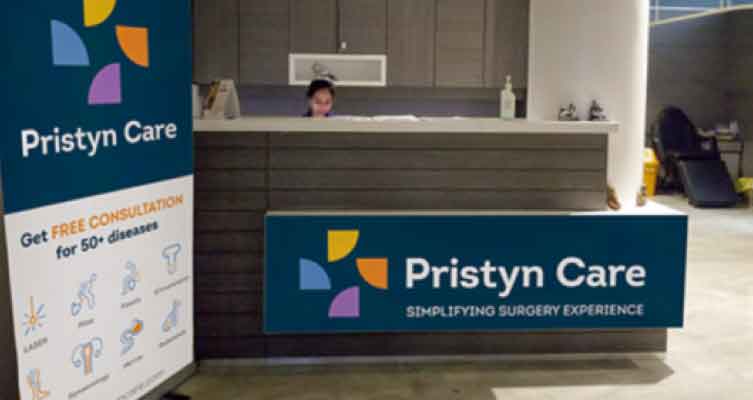
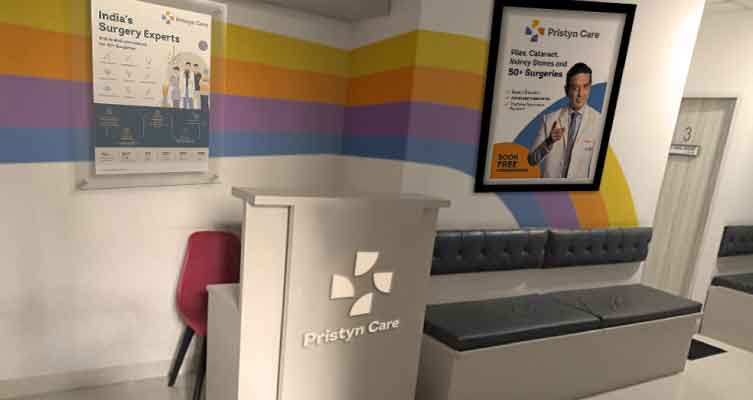
Pristyncare%20Clinic.webp)
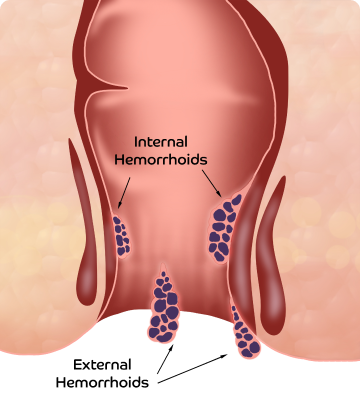
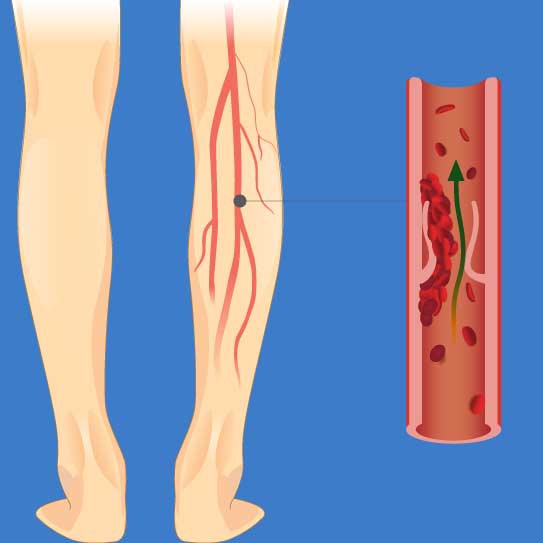
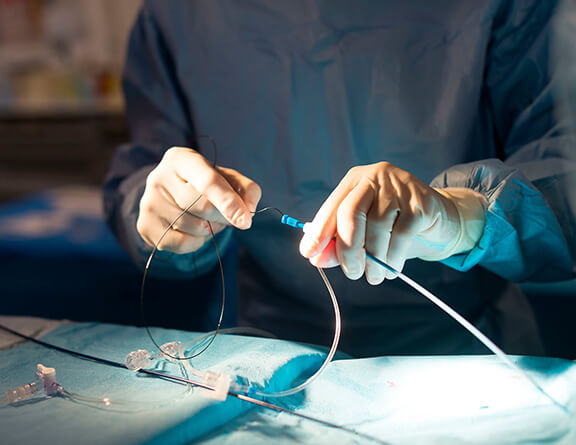
.svg)









